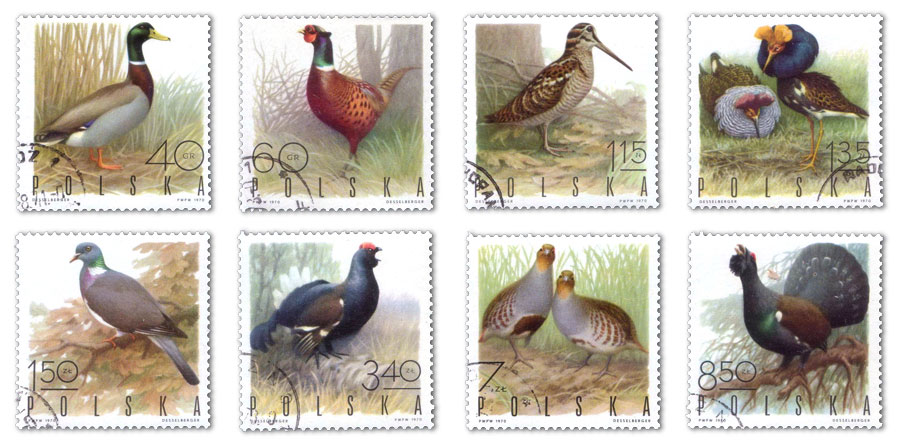Between 1990 and 2000, farmland birds showed a significant decline across Europe, a trend not shared by bird assemblages of other habitats over the same period. Mean trends for each farmland species in the period 1990–2000 were positively correlated with trends over the period 1970–1990, and there was little change in population trajectory for most species over the 30-year period. Of the 58 species classed by an independent assessment as being primarily birds of farmland, 41 showed negative overall mean trends across Europe in 1990–2000. There was a significant negative correlation between mean national trends of all farmland species and indices of national agricultural intensity.
This relationship strengthened when the 19 declining species were considered alone, and was not apparent when only non-declining species were considered. Population trends of terrestrial non-farmland bird species over the same period were unrelated to agricultural intensity. Trends in farmland bird populations were independent of the proportion of farmland under agri-environment prescriptions.
The results support earlier evidence that population trends of farmland birds across Europe can be predicted from gross national agricultural statistics. Substantial changes in agricultural policy, particularly the removal of economic incentives that lead to agricultural intensification, are required if 2010 targets for halting loss of biodiversity are to be met in an enlarged European Union.
Source: Paul F. Donald et al. (2006) Agriculture, Ecosystems & Environment 116, 189-196
http://www.sciencedirect.com/science?_ob=ArticleURL&_udi=B6T3Y-4JKRTF9-2...

- Log in to post comments
